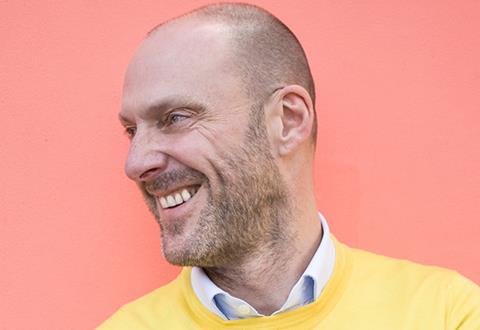The best way to make developers care about good design is by educating consumers to demand it, writes Martyn Evans

What is good design? I guess the best answer to that question is that it depends on who you ask. The government is asking Roger Scruton and three other industry veterans who will form its Building Better, Building Beautiful Commission. Do they know? Maybe it’s their job to ask others and form a considered opinion. They have invited Paul Monaghan and Sunand Prasad to advise them so at least there will be some hugely experienced architects somewhere in the process.
Of course, the opinion that matters the most is that of the people who are going to live in and use the buildings these fine and clever commissioners will pass judgement on. And therein, again, lies a problem. As many people as there are will deliver an equal number of differing opinions. So what to do? We have to start somewhere.
This is what Cabe was (partly) designed to do. To research and decide what good design means in terms of the built environment and then spread the word through advice and advocacy programmes. As with all governmental advisory bodies, their advice is only as good as the likelihood that it will be read and used. It’s sad but probably true that most of the reports Cabe printed are sitting on shelves gathering dust. Unread.
A hugely effective part of Cabe’s work, though, was the design review programme. This worked because everyone benefitted. The quality of the advice delivered was valued by planners in local authorities across the country. Consequently developers and their architects understood that if they wanted to get their schemes through planning quickly and with as little aggro as possible, then they should engage with Cabe, listen to the panels’ views and change their schemes accordingly. Developers paid an appropriate fee and so the public purse didn’t even have to fund it.
But Cabe also spent a great deal of time and money researching and delivering programmes to encourage volume housebuilders to build better houses. How well do you think that worked? Not at all well. Why? Because the housebuilders saw no benefit in paying the slightest bit of attention to the often very good but, as they saw it, expensive advice they were being offered. When everything they built sold, why would they bother?
It only really started to work when Cabe ran campaigns to educate the end consumer – the housebuilders’ customers. If enough homebuyers go to developers’ off-plan marketing suites armed with a better understanding of what good space standards mean and how window size and ceiling height can significantly improve the quality of life in a new home, then maybe those housebuilders will start to listen.
Those kind of campaigns cost money and are produced by advertising and PR people, though – not very politically acceptable in times of austerity.
But something was happening elsewhere that meant the government could breathe out – TV property porn delivered by Kevin McCloud, Kirstie & Phil and others, mostly on Channel 4. These folks have done more to teach people what good design means than any government campaign could possibly afford. Whatever you like – whether you are a traditionalist or a modernist, whether you crave urban density or rural isolation, the principles of good design – light, space, efficiency, sustainability, energy conservation, cost and waste management – are universal. It’s about asking the right questions, demanding answers that are based in sound research and experience and it’s about feeling like you have a right to a beautiful, comfortable home whatever your budget.
That’s why Kevin McCloud is my design hero. Not because I like what he likes, but because he has been the most effective campaigner for an educated and inspired nation of home-buyers and renters we could ever have dreamed of.
Scruton could do worse than ask for his advice.
















13 Readers' comments